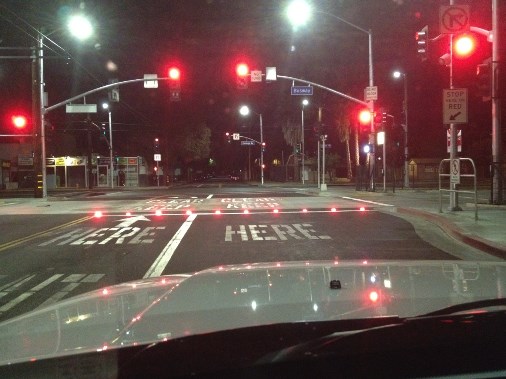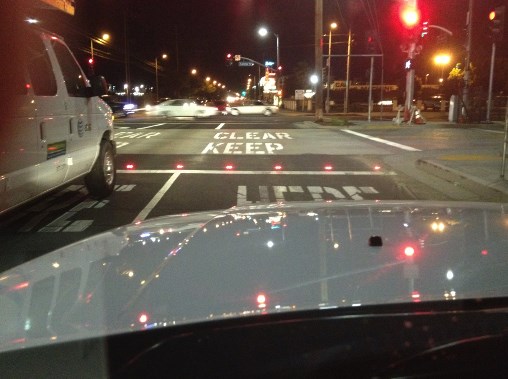In 2012, the National Safety Council published a White Paper demonstrating that two of the more serious consequences of driving while distracted are tunnel vision and inattention blindness. According to the study “Distracted drivers experience what researchers call inattention blindness, similar to that of tunnel vision. Drivers are looking out the windshield, but they do not process everything in the roadway environment that they must know to effectively monitor their surroundings, seek and identify potential hazards, and respond to unexpected situations.” The study goes on to say that “Drivers talking on hands-free cell phones are more likely to not see both high and low relevant objects, showing a lack of ability to allocate attention to the most important information. They miss visual cues critical to safety and navigation. They tend to miss exits, go through red lights and stop signs, and miss important navigational signage.”
With these types of concerns in mind the Metropolitan Transportation Authority (MTA) in California’s San Fernando Valley added a touch of red when it came to enhancing grade crossing visibility on their Metro Orange Line extension.


